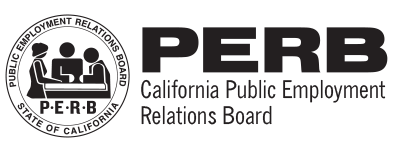PARTIES; DEFINITIONS; WHO IS AN EMPLOYER? – Joint Employer, Single Employer, and Alter Ego Doctrines
Single Topic for Decision 1332E
View all topics for Decision 1332E
Full Decision Text (click on the link to view): Full Text
201.04000 – Joint Employer, Single Employer, and Alter Ego Doctrines
Both the Board and federal courts have observed that the distinct concepts of "single employer" and "joint employer" are often used incorrectly as interchangeable terms. Federal doctrines of what constitutes a single employer and a joint employer may not be applicable under the language of EERA and the Education Code. EERA sec. 3540.1(k) does not preclude the possibility of 2 entities acting as a joint or single employer. Here the District and County Superintendent were two separate public school employers and did not constitute a single employer for purposes of representation under EERA. The District and County Superintendent were separate legal entities with separate governing boards or authority who chose to share some personnel, but shared personnel received separate checks from each entity. The two governing authorities had separate and exclusive policy-making authority, and the funding sources and budgets of the two entities were separate, distinct and not commingled. They thus independently and autonomously controlled their own labor and employee relations policies. Since the employees of the District and County Superintendent were found to be employees of two separate public school employers, and not a single or joint employer, it was not possible to find that they comprise a single appropriate bargaining unit, and inclusion of the employees of both employers in a single unit was not appropriate under the Educational Employment Relations Act.

